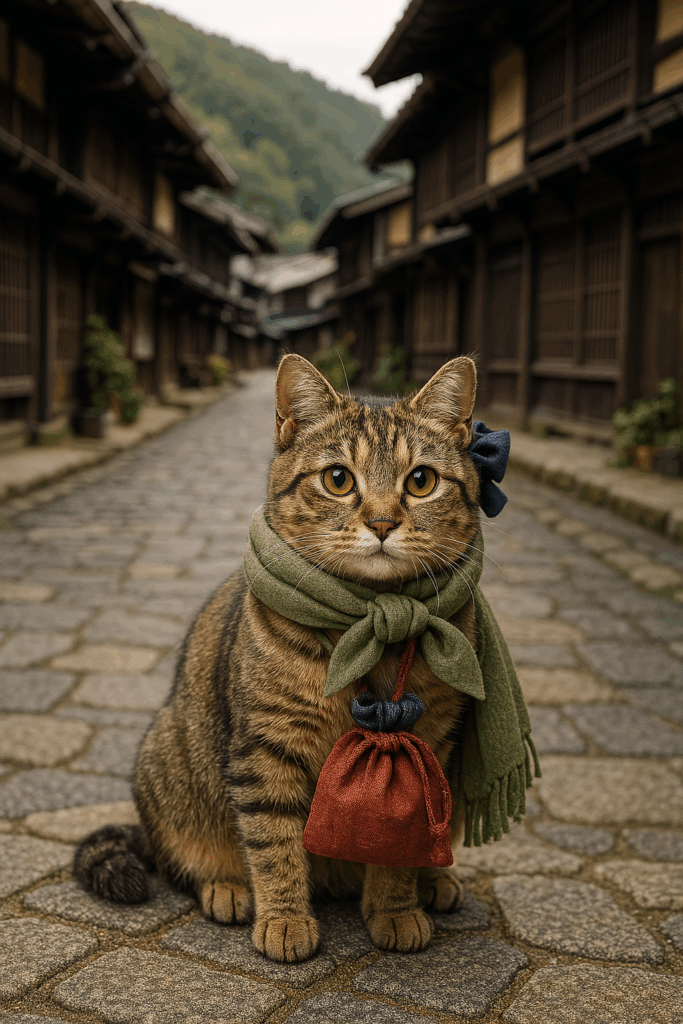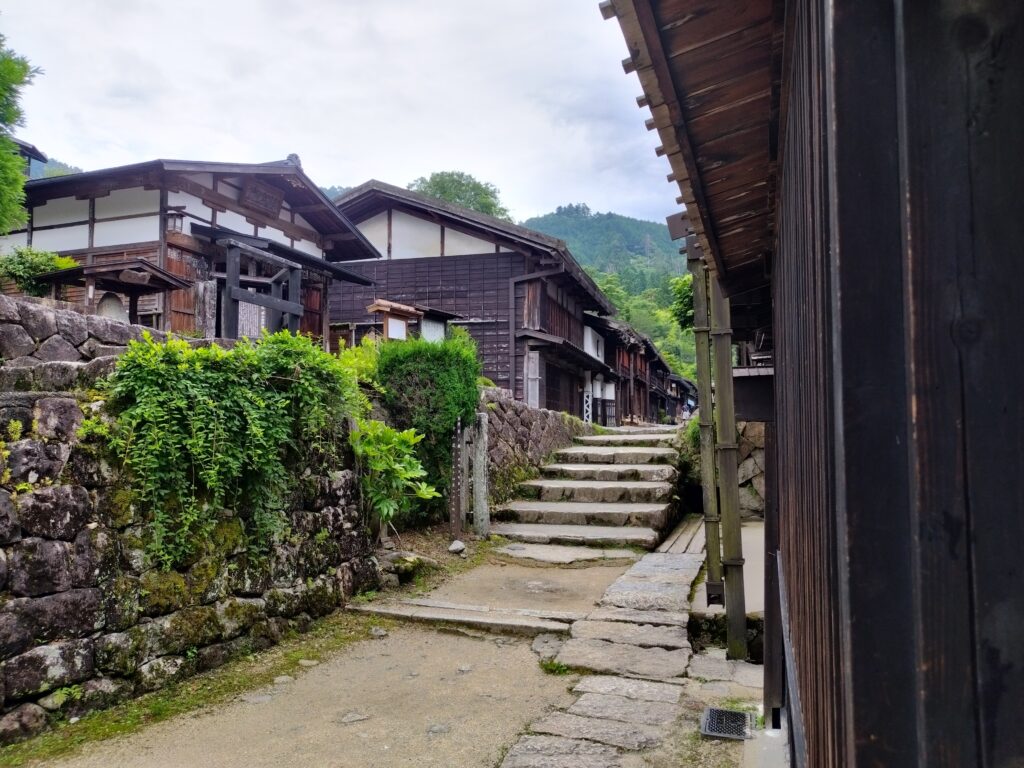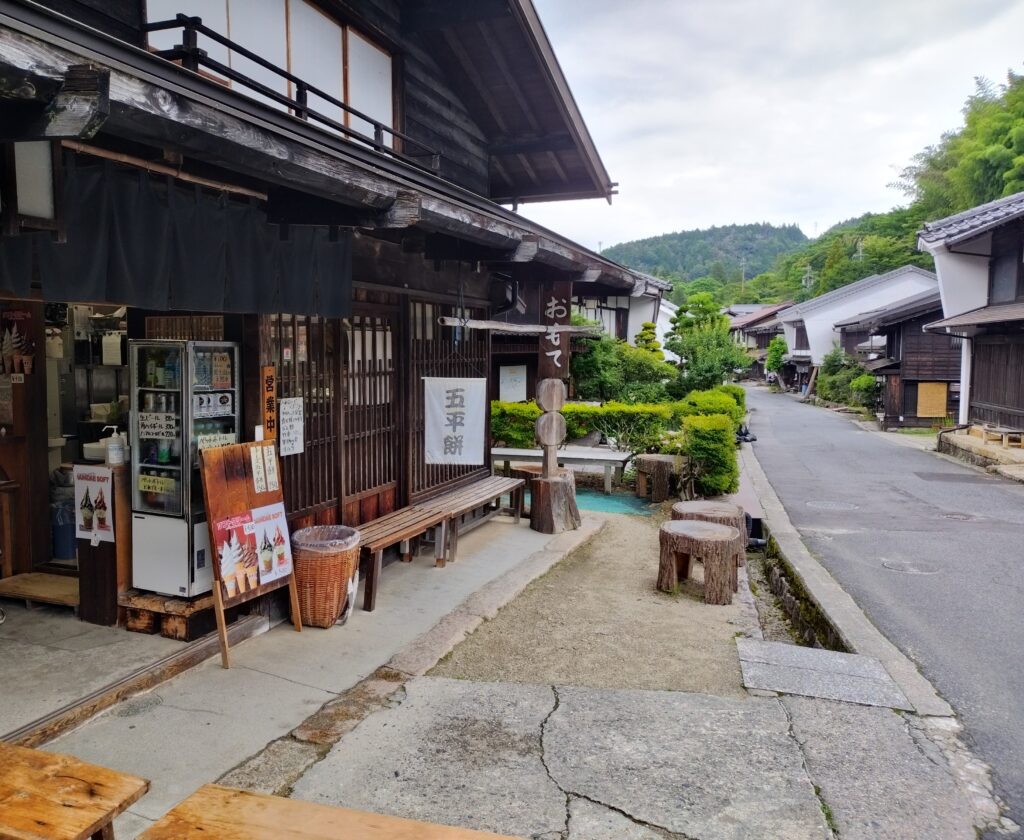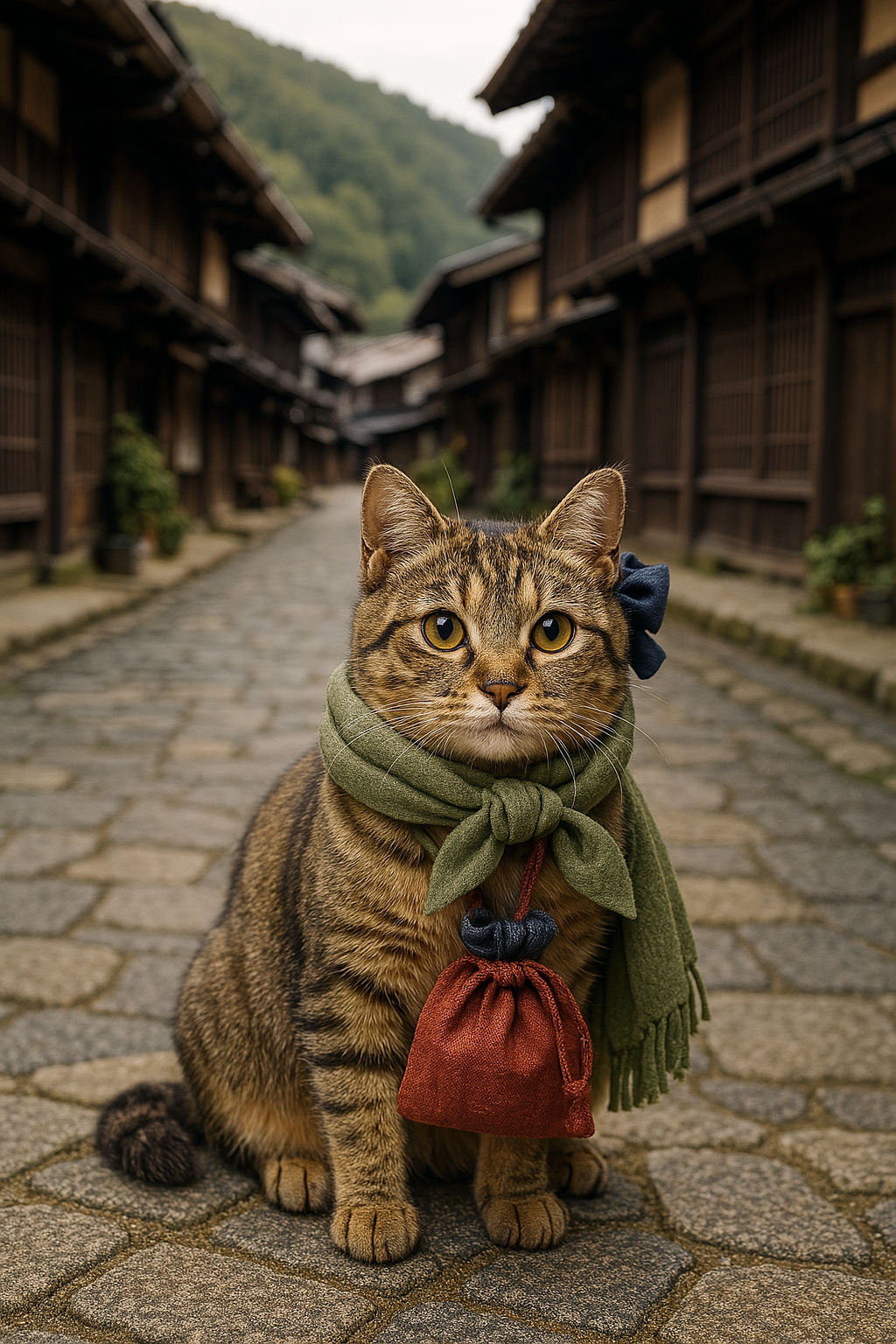0. Intrigued? Come Visit—We’ll Be Waiting for You!
This blog offers a clear and concise introduction to Tsumago-juku including its nearby counterpart, Magome-juku—popular tourist destinations that preserve the nostalgic atmosphere of post towns from the samurai era. Tsumago-juku is especially beloved by overseas visitors as a historic landmark along the “Samurai Trail.”
Whether you’re a traveler, a business guest, or a student eager to explore Japanese culture, this town welcomes you with the same heartfelt hospitality once extended to wayfarers hundreds of years ago. If what follows sparks your curiosity, we warmly invite you to experience Tsumago-juku in person—offering a quieter, more peaceful charm than its neighbor, Magome-juku.
1. Does This Intrigue You?
For those unfamiliar with one of Japan’s best-known traditional post towns, here’s a brief glimpse into a place that offers a serene escape into the quiet rhythm of old Japan. This isn’t just history—it’s a living space where the culture and daily life of the past still resonate, far removed from today’s rush. We hope this introduction sparks your curiosity.
1.1 The Mood of a Traveler from Centuries Past

- Tsumago-juku, along with the nearby Magome-juku, is a popular tourist spot that preserves the atmosphere of an old post town from the samurai era. It has an even quieter and more peaceful feel than Magome-juku. Walking through Tsumago-juku truly feels like stepping back in time, just as travelers did hundreds of years ago.
1.2 Adventurous or Nonchalant on the Path of the Samurai?


- Tsumago-juku is a popular spot for overseas visitors, known as a historic post town along the “Samurai Trail” (also called the Samurai Road). If you’re physically fit, you can take an adventurous route in sneakers over the 8-kilometer mountain pass to neighboring Magome-juku. If not, you can opt for a more relaxing stroll in slippers through the flat, 1-kilometer stretch of Tsumago-juku’s old townscape.
2.Do the following messages convince you?
If the previous section didn’t capture your interest, fear not! We’ve delved deeper into each theme. If any of these messages intrigue you, please give it a try again!
2.1 Architecture and Craftsmanship
👉Buildings Where Emperors, Nobles, and Feudal Lords Stayed


- Tsumago-juku is a must-see for architecture enthusiasts, as it preserves the original townscape from the samurai era almost exactly as it was. You can glimpse what kinds of accommodations were provided for the upper class—such as emperors, aristocrats, and local lords—as well as how ordinary travelers of more modest means were hosted. The varying levels of hospitality are still visible today through the architecture of each lodging facility.


2.2 Fashion
👉Photos with “Time-Slip” Charm and a Touch of Japanese Flair

- In Tsumago-juku, you can snap stylish photos with a “time-slip” or “Japanese flair” theme. Just pick up a scarf, drawstring pouch, or traditional-style hair accessory—if available—from a local shop and add it to your everyday outfit. Earthy tones and classic Japanese colors like brown, beige, moss green, or indigo pair beautifully with the wooden buildings and cobblestone streets, helping you blend seamlessly into the scene and look fantastic in every photo.
2.3 Art
👉Is Tsumago-juku Itself a Work of Art?

- Tsumago-juku can be seen as a work of art crafted by its own residents through ingenuity and trial and error, without relying on professional artists. After the end of the samurai era, the post town became almost like a ghost town, left behind by modernization and the spread of the railway system. Yet the townspeople devoted nearly everything they had to fully restore their hometown, creating a living landscape painting that makes you want to step inside and wander through it.
- 👉実際にここでは歩くことがメインアトラクションなので。
2.4 Food
👉 Savor the Unique Flavors of Tsumago-juku

- In Tsumago-juku, gohei-mochi and hoba-mochi—beloved local soul foods—come highly recommended. Gohei-mochi is made from lightly mashed rice formed onto flat skewers, coated in a sweet and savory sauce made from ingredients like walnut, sesame, soy sauce, and miso, then grilled until fragrant and golden. Hoba-mochi are steamed rice cakes wrapped in magnolia leaves, which infuse the mochi with their fresh, earthy aroma and distinctive flavor.While they are typically filled with sweet red bean paste, the recipe and preparation vary subtly by region and shop—so you’re likely to discover a flavor unique to Tsumago-juku.
2.5 The Japanese
👉Just Look Up—And You Might Feel Like You’re in a Period Drama
👉You can appreciate the “beauty of use” of the Japanese people in the samurai period?

- In Tsumago-juku, visitors can appreciate Japan’s pursuit of practicality and functional beauty, as well as the meticulous craftsmanship found in even the smallest details.Take, for example, the debari-zukuri style, where the front of the second floor juts out over the street, or the udatsu, a raised partition marking the boundary between neighboring houses.While these architectural features serve practical purposes—like maximizing space on narrow plots or preventing the spread of fire—they also lend a unique rhythm and understated elegance to the townscape. Tsumago-juku offers a rare glimpse into the samurai-era ideal, where function and beauty were never separate but intimately entwined in everyday design.
Thank you & Afterwards
Thank you very much for reading to the end of this issue. If you have any comments or requests, please feel free to contact us at the Help Desk.🔶Gold🔶R70702.v.5b.5b.5a/+


